
Schema. What does that word even mean? Well, when it comes to teaching reading comprehension strategies, it’s the glue that holds all the comprehension strategies together. Schema is your background knowledge; it’s what you already know before you even pick up the book.
Its major “ingredients” are your memories, the books you’ve read, the places you’ve been, the movies you’ve watched, the vocabulary you know, etc. Your schema, or background knowledge, is highly fueled by your interests. Therefore, everyone’s schema is different!

Today, we’re going to explore a little more about schema in the first post from our 10-week Reading Comprehension Strategies Series. I first want to dig in a little deeper as to why it’s so important for readers. Then I’d like to share an idea that will help readers think about their schema before reading. Of course, we want readers constantly tapping into and using their schema during reading. We’ll share more about that next week in our series.
Having sufficient schema, or background knowledge, gives you a “rod” to hang your comprehension “hooks” on, so to speak. For example, if I asked you to predict how many beans will fit into a jar, you might just look at me with a blank stare. Why? Because you’re lacking some vital background knowledge. You don’t know what kind of bean or what size jar. Having that background knowledge, or schema, is needed to help you make the best estimation.
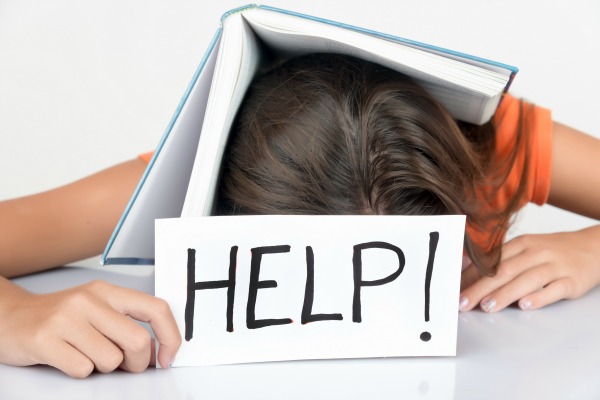
It works the same with reading comprehension. Too little background knowledge can cripple comprehension, frustrate readers, and leave readers feeling helpless. Kids need to not only have background knowledge about the topic, but schema also plays a role in how we understand vocabulary and even set a purpose for before reading.
One SIMPLE way to get kids thinking about what they know before reading is to share the topic and ask them to jot down things they already know about it.
My 3rd grader and I read The Declaration of Independence I chose this book for him because he is going through an American history homeschool class, which he enjoys, and I knew he’d have some background knowledge and interest about the topic.

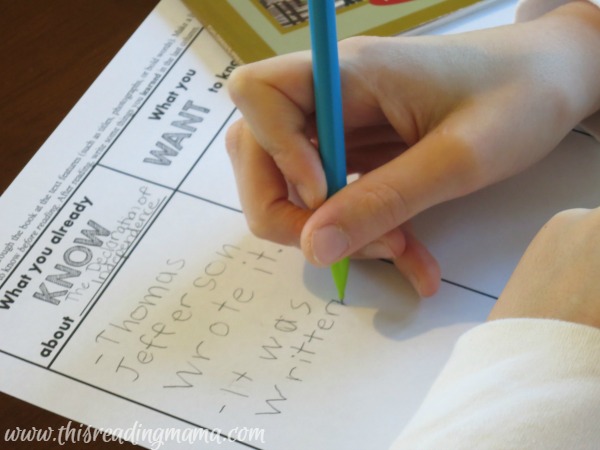 chart to think about schema before reading" width="600" height="450" />
chart to think about schema before reading" width="600" height="450" />
As he was looking through the book, he worked to fill out this KWL chart . He mainly worked in the K column, which stands for: What do you already KNOW about __? to activate his prior knowledge, or schema. I could have also asked him to fill out the W column before reading the text.
Is activating schema just for older readers? Absolutely not! Even young readers need to be taught how to use their schema before, during and after reading.
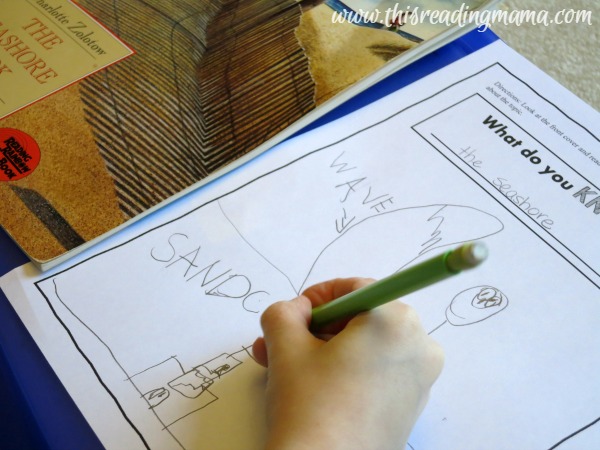
As my Kindergartner and I explored The Seashore Book by Charlotte Zolotow, he used a simple What do you know? page with more room where he could write and draw about his schema.
We’ve all been there. You open a text to read and realize it does not make a lick of sense. The same thing happens to kids. So what should they do? There are basically two options:
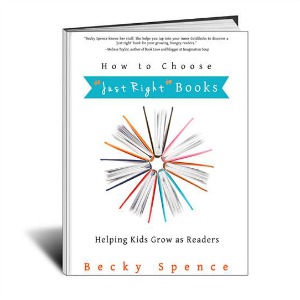
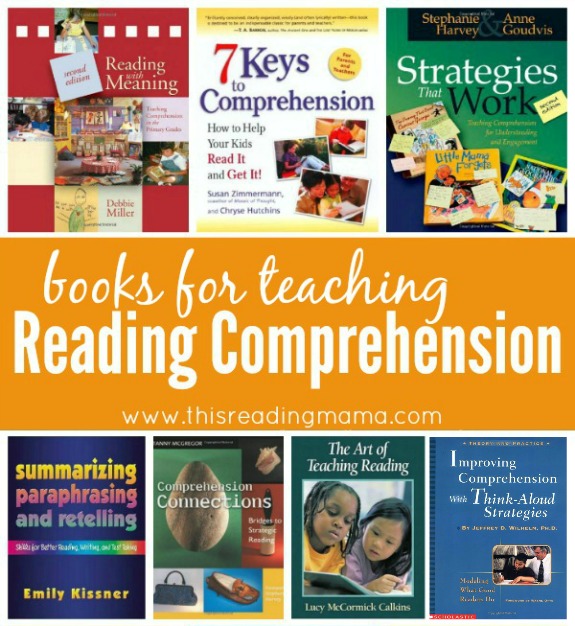
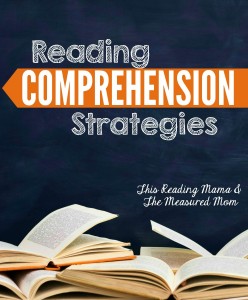
This post is just a part of our 10- week Reading Comprehension Strategies Series.